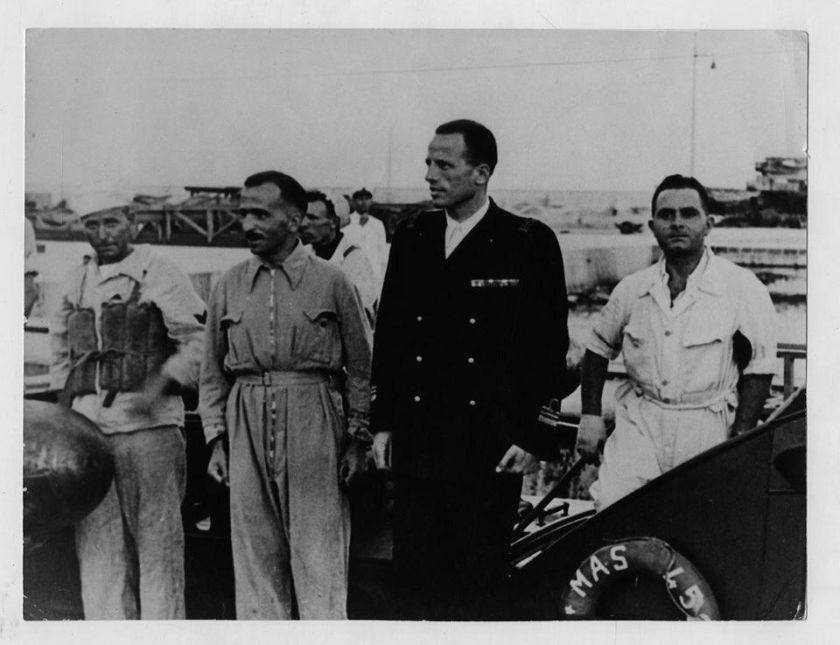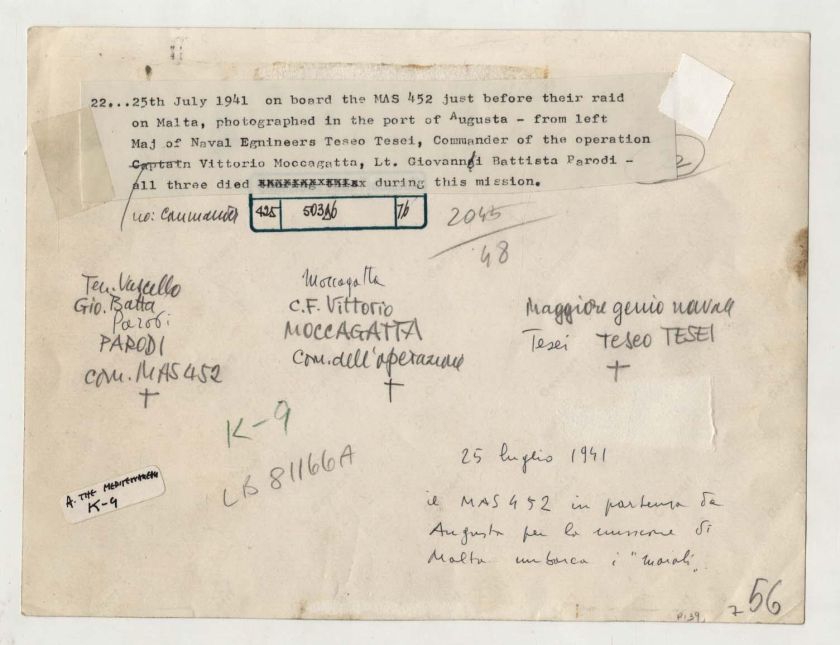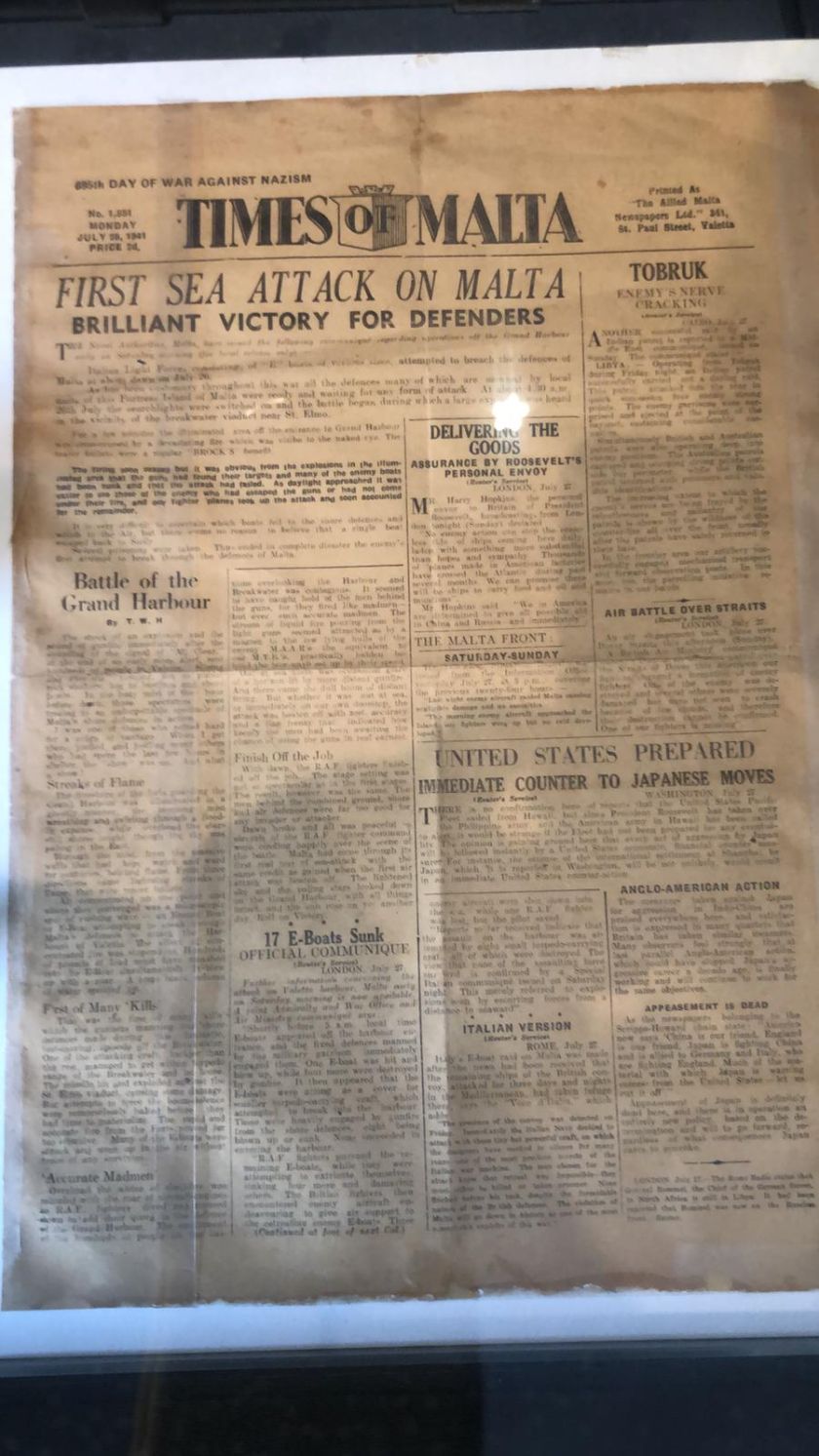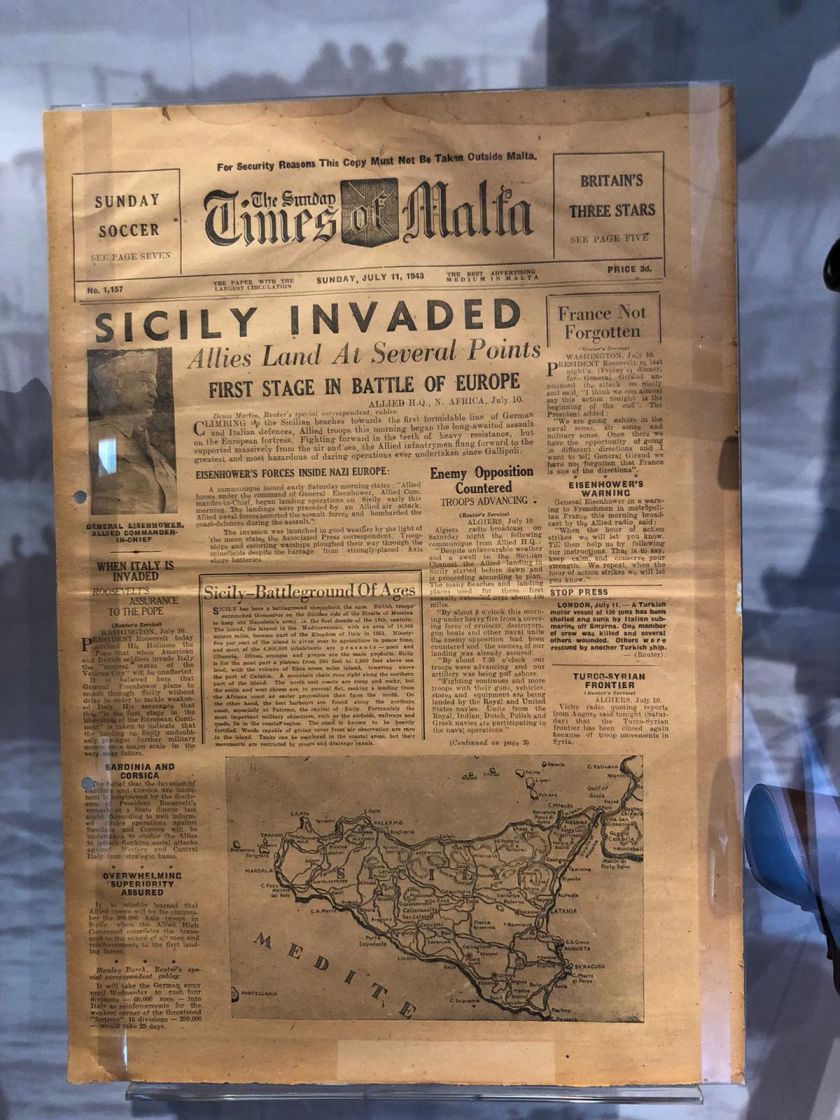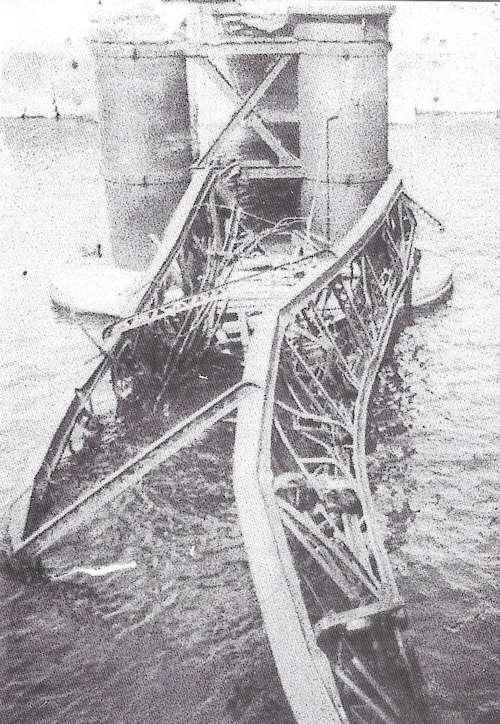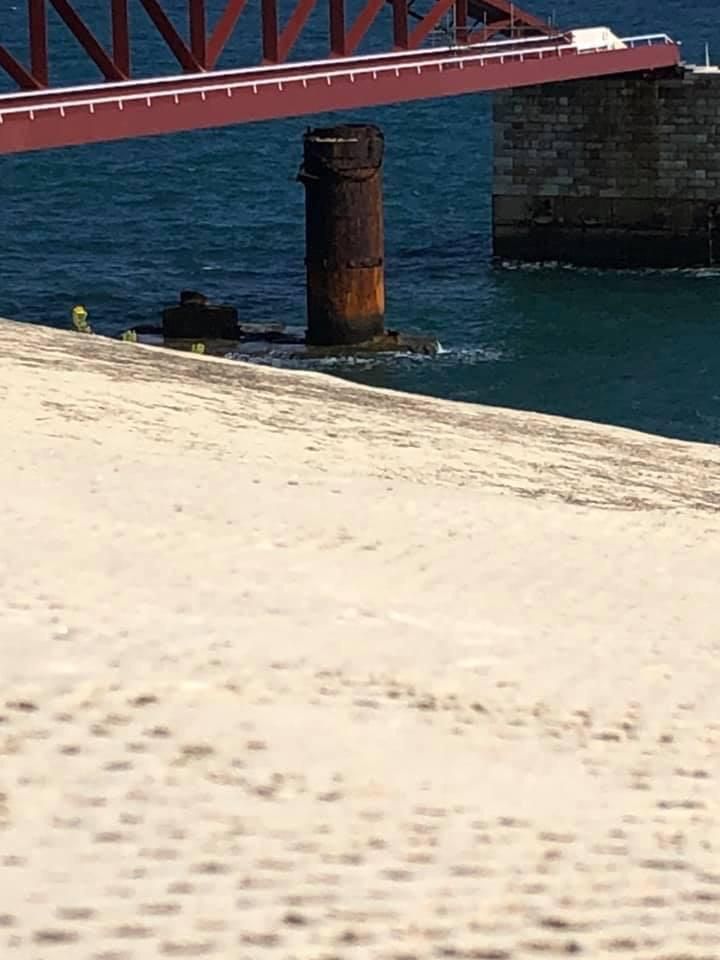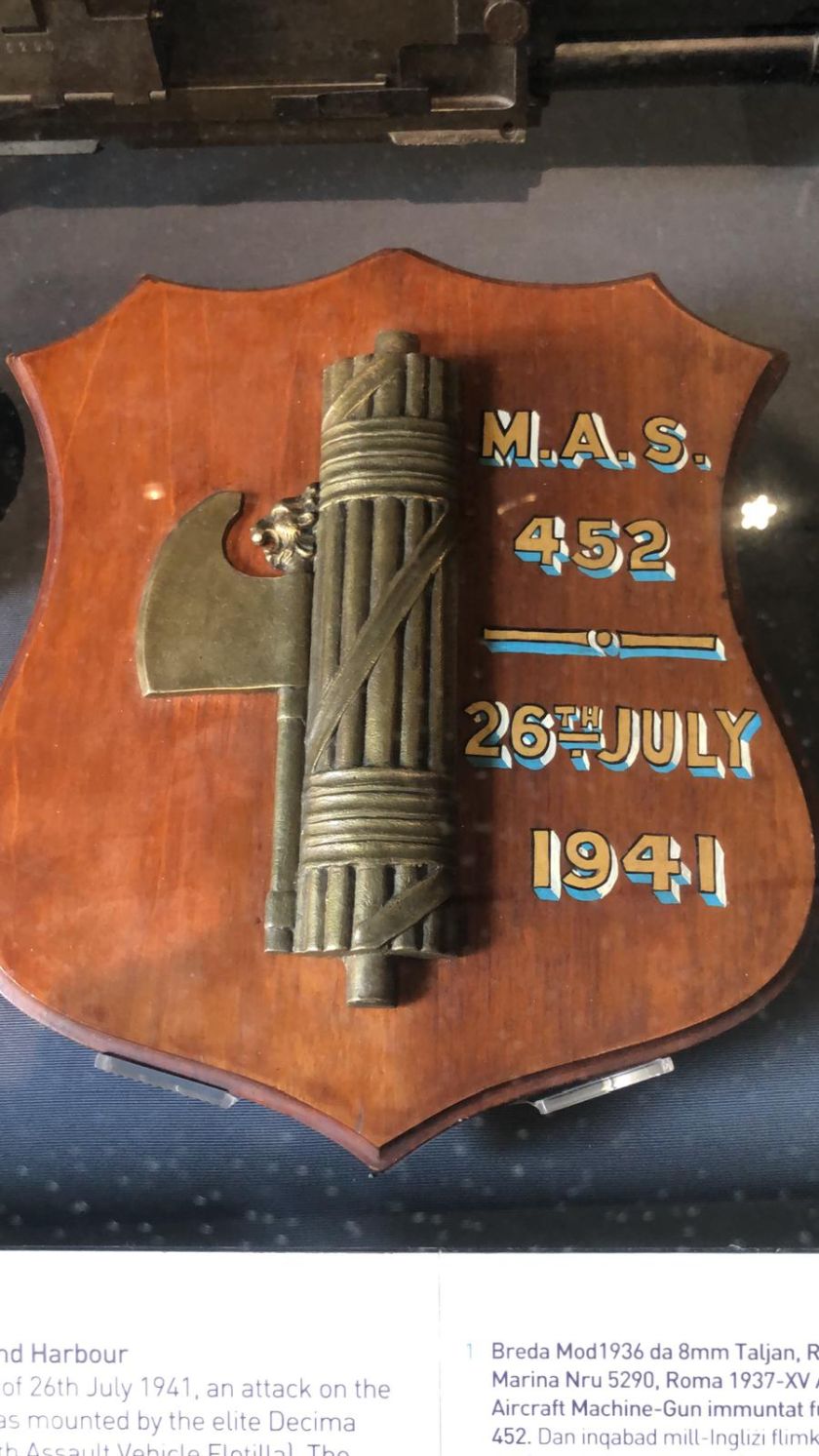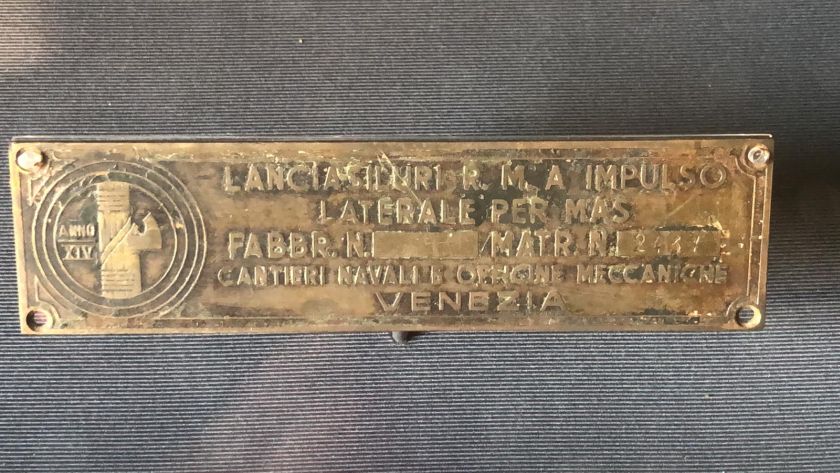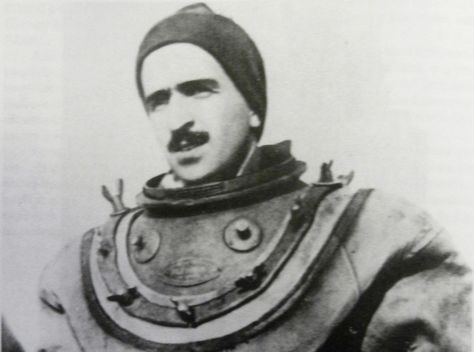Expedition To Malta 2019
Malta – Mediterranean Sea
The Explorer Team PSAI – on the trail of the mission of Major Teseo Tesei. Here we are once again talking about a project born almost as a joke during a holiday, and therefore we will dare to say on the field. We had indeed planned a trip outside the country in the Mediterranean sea, to Malta. A week of diving on the wrecks of World War II and beyond.
During an evening, while chatting via computer with our friend Mauro, a passionate of the events that occurred at the Navy during the Second World War, he pointed out that we were on the island where the mission of the Major Teseo Tesei ended with his sacrifice, in an attempt to gain access to the Valletta harbor. Once the videophone was over, Mauro sent a file with the documentation, photos, and other documents of the Major Teseo Tesei mission to Malta by e-mail.
Once the files were received, our bookworms Leonardo and Maurizio began to study all the documentation. The following morning Leonardo and Maurizio explained to us what they had found on the documentation sent by Mauro. Oscar, the tracker of the group, had already been to Malta several times and immediately began trying to understand where this event had happened in the port of Valletta.
Two hours later we all gathered at the port for inspection, pondering where to start our search. The documents spoke of the bridge that Major Tesei Tesei blew up during the second war. Walking around the Port of Valletta, we noticed that we were on a port super protected by some buildings comparable to fortresses, with more lines of defense to protect the port itself, thus making it impregnable, or almost.
The following day we returned to Valletta with the intention of visiting Forte Sant’Elmo, the first line of defense. With the occasion, we visited the War museum. This building was historically a British barracks until the independence of the island of Malta. Visiting the fort and following the indications sent by Mauro and others found on the spot, we started talking to the Museum staff. Once presented, we explained to them that we are an Explorer Team passionate about the history of the Second World War, and asked if they were aware of the location of the remains of the bridge blown up by Teseo Tesei and if it was possible to dive on the spot.
Oddly, the museum staff denied that this event had ever happened. With astonishment, we asked to be able to speak with a historian anticipating that we were in possession of documentation that attested with certainty the mission of Major Teseo Tesei. With some difficulty, we met the historian who told about the mission and accompanied us to a part of the museum where finds from the Decima Flottiglia were kept: an explosive “Barchino”, a newspaper of the time that at first page talked about the attack from the sea.
The Decima Flottiglia MAS was an Italian commando frogman unit of the Regia Marina founded in 1941.
The acronym MAS also refers to various light torpedo boats used by the Regia Marina during World War I and World War II.
During the visit, we thus arrived at the walls of the Fort of Sant’Elmo, where the historian pointed out to us the exact position of the deflagration, where Major Teseo Tesei lost his life and showed us the remains of the pylons that supported the bridge, still visible. The following day we began to look for some shortcuts to be able to see the remains of the bridge in the water, up close. Diving was unfortunately impossible due to the lack of permits, being a port area adjacent to the entrance with considerable traffic.
Some data:
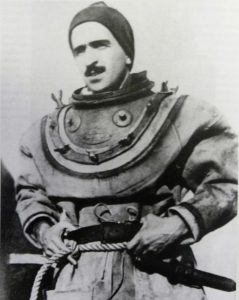
Teseo Tesei (Marina di Campo, January 3rd 1909 – Valletta, July 26th 1941) was an Italian military and inventor. He invented the human torpedo used by the Regia Marina during World War II. Major of the Naval Engineers of the Regia Marina patented diver, he served as operator of the X MAS Flotilla during the Second World War, being decorated with the gold medal for military valor to the memory for the courage shown during the last mission. The island of Malta in the post-war narration of the Second World War represented a sort of impregnable stronghold, capable of frustrating Afrika Korps’ naval supply attempts, engaged in a deadly struggle against Commonwealth forces in North Africa. Yet, at least until the spring of 1941, Malta posed no threat to the communication routes between Italy and Libya. The situation changed radically following the displacement of Italian-German air forces on the Greek front, which would have spread to the entire Balkan peninsula. Furthermore, the X Luftwaffe Air Corps was mobilizing for the imminent invasion of the Soviet Union, so it had to significantly decrease its presence in the southern Mediterranean. Given the easing of the threat from the Axis air forces, the commander of the Mediterranean Fleet, Admiral Cunningham, decided to move four destroyers to Malta.
After the first successes against the Italian fleet, Cunningham is convinced to send on the island a light division composed of cruisers and fighters, making use of radars, to attack the convoys loaded with supplies destined to the Italian-German troops in Libya. Subsequently, a whole division of light cruisers and a destroyer flotilla was allocated in Malta. A serious threat to the ships used to supply the Axis forces in North Africa. This threat worried the SuperMarina
(Supermarina was the headquarters of the Italian Royal Navy established on June 1st 1940) and the strategic change in the southern Mediterranean emerged in all its drama on the night between April 15th and 16th 1941, when four destroyers of the Royal Navy attack the Tarigo convoy destroying it completely. After this tragic event, the SuperMarina analysts were convinced that Malta would become the starting point for fast surface units that would systematically attack the convoys headed for North Africa. Symptomatic the reminder n. 65 S / RRP issued by “Supermarina”: it was imposed the increase of ambushes of our submarines in the waters surrounding the island and also, minefields allowing it, within those closest to its port entrances, the same ones where our insidious means had to operate with a greater and more constant frequency.
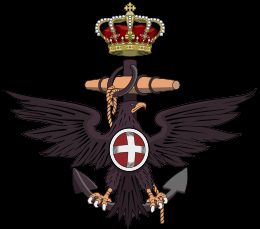
After a few days, the memo was released, Admiral Raffaele De Courten, head of the assault vehicles, contacted the commander of the X Flottiglia MAS, Vittorio Moccagatta, to order him to plan an assault raid against Malta. The island was an extremely difficult target, especially for overcoming obstructions and defensive systems on the coast. On April 26th 1941, Moccagatta sent De Courten a confidential communication explaining the operational possibilities for carrying out the attack on Malta. In the report, Moccagatta, identified in MT (Motoscafo Turismo) the only means capable of being able to elude the defensive system deployed in La Valletta, specifying, however, the impossibility of surprise action, given the size of the port entrance. He then warmed up the hypothesis of an act of force, with the use of at least eight MT, of which three or four sacrificed for the destruction of the obstructions. Despite the misgivings about the mission, expressed by the “Supermarina” environments, the X Flottiglia was authorized to proceed with the planning. To properly verify the system of dams that defended the target, Moccagatta sent, on May 25th and 28th, two MAS in exploratory exploration to the Maltese coasts, without however acquiring elements able to facilitate the mission. Given the scarce information acquired, “Supermarina” decided to postpone the attack.
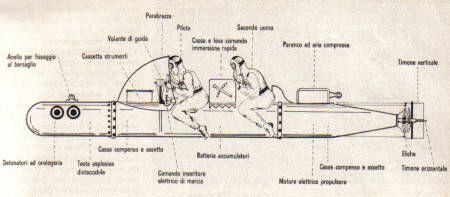
On June 26th, the MAS 451 and 452 made a new reconnaissance, reaching up to about a mile and a half from the Maltese coast. From the information obtained in this case, it was decided to proceed with the implementation of the operation. On June 30th, from the Augusta base, a naval formation set sail, however, due to a series of vehicle failures that forced “Supermarina” to cancel the mission. In July preparations started again with a new attack plan. At this point, the eldest of the Naval Genius Teseo Tesei, the father of the SLC (Siluri a Lenta Corsa), entered the picture. The latter succeeded in convincing Moccagatta to include the SLCs alongside the MTs. Therefore, a combined operation would have been carried out against Malta, making it even more complex and risky. But why Moccagatta agrees to change the plan; in fact in the original one, the SLCs had been discarded due to the impossibility of insertion with the submarines because of the scarce knowledge of the location of the enemy mines, accepting the requests of Tesei? We believe that the words of Admiral Virgilio Spigai were illuminating in this regard. Teseo Tesei succeeded in also welcoming his idea of participating in the expedition with scuba divers who had been excluded from the primitive projects, contemplating only the use of explosive boats. Frighteningly proved in the physical by the second Sciré expedition against Gibraltar, he was declared a serious cardiac defect. This did not prevent Tesei from carrying out its mission, certainly the last one. His last heroic mission. The superiors did not dare to prevent him from spending in a worthy way what he believed. So it was decided that two self-propelled vehicles also participated in the expedition, which turned out to be terribly complex.
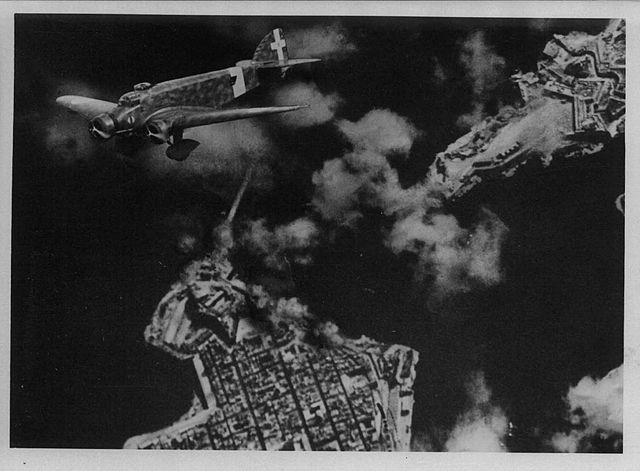
On July 23rd, the aerial reconnaissance of the “Regia Aeronautica” (Italian Royal Airforce) signaled a strong presence of enemy ships in Malta: it was the opportunity expected to launch the attack. The “X day” was set for July 26th 1941.
On the evening of July 25th the naval formation, he left Augusta (Sicily) on his way to Malta. Obviously, neither “Supermarina” nor at the command of the X Flottiglia were aware of the presence of radars, which nullified the surprise effect of the attack and put the British in a position to ambush some Italian means. Leaving aside the vicissitudes of the other members of the mission, we will focus on the collapse of the Sant’Elmo bridge which is directly linked to the disappearance of Tesei and his second, Alcide Pedretti.
From the report of the vessel Lieutenant Costa, pilot of one of the SLCs: at 4:30 exactly the network had to jump because this was foreseen in the whole operations, combined also with a contemporary aerial attack that would have had to cover the explosion of the net.
Major Tesei, in that circumstance left to the lieutenant the following words go to testify, through his deposition, the faith and the courage of such officer, brought up to the sacrifice. Major Tesei has deliberately sacrificed his life for the success of the action, with that of his second man who wanted to carry out the mission with him until the end, spraying to a minimum and jumping with his bomb by knocking down the bridge. At the end of Tesei, and of his second, serious doubts remain, given that the pig-spearing was generally adjusted to 30 minutes, in order to allow the assaulters to move away from the place of the explosion. Therefore, a voluntary explosion of explosive cargo should be excluded. In the 50s of the last century – by the naval expert Joseph Caruana – the wreckage of an SLC, still equipped with the explosive head, was unearthed, then brought unfortunately to sink in high bottoms, together with other remnants of war found near the coast.
Lieutenant Costa left this statement: “I assume that I will not have time to bring my SLC to the network. At 4:30 the network will have to jump and jump. If it is late, I will go to the minimum “. He left at about 3:45. He could not have time to go to the net to carry out the cleaning operations with a convenient advance to move away from the explosion zone. At 4:45 I heard the explosion.
The Explorer Team PSAI ITALIA for Malta expedition 2019 was composed of:
Leonardo Canale responsible for PSAI Italy, web research and logistics.
Oscar Lodi Rizzini: Technical and recreational PSAI Instructor Trainer, with many expeditions, photography and video expert.
Egidio Roncon: Technical Instructor PSAI, back from many expeditions with Oscar, is our expert in linguistic translations and field research.
Mauro M.: passionate historian of the events of our Navy Stormers during World War II.
